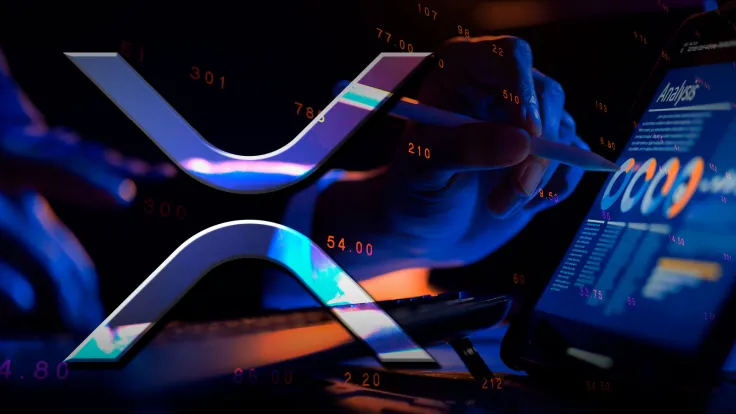
The default Unique Node List (dUNL) is the most widespread list of XRP Ledger nodes. It is leveraged by the majority of validators; however, there are two centralized entities behind the dUNL. Isn't this a contradiction?
Why should XRP validators trust dUNL?
Mr. Jake has taken to Twitter to share a thread about the default Unique Node List (dUNL) for XRP Ledger nodes and its role in the network's architecture.
#XRPL: There have been doubts & confusion regarding the XRPL's decentralized aspect and the default Unique Node List (dUNL), a long but must-read thread addressing this matter. 🧵(1/9)
— Wo Jake (@woj4ke) September 2, 2022
As he stressed, in XRP Ledger, every validator has its own Unique Node List. Three widely known UNLs are those of Ripple, XRP Ledger Foundation (XRPLF) and Coil.
As of Q4, 2022, the default Unique Node List (dUNL) now consists of Ripple's and XRPLF's UNLs. But every validator can either use the dUNL or create a new UNL anytime.
Meanwhile, validators prefer to listen to the dUNL as it is a reliable source of consensus maintained by secure and trustworthy entities with a long-running history of XRPL support.
Decentralized by design, like Bitcoin and Ethereum
Also, the dUNL is included in default presets available after rippled software installation. This does not affect the actual level of decentralization for XRPL transactions:
The XRPL's consensus protocol is decentralized *by design*. Bitcoin is decentralized *by design*. Same goes to Ethereum.
Here is why the critics of XRPL decentralization should not address its aspects connected with technical design. Like with every mainstream blockchain protocol, XRPL's technical decentralization has nothing to do with the "political situation" around the network.
As covered by U.Today previously, RippleX engineers recently revealed a new proposal for a sidechain design to advance the scalability and functionality of the XRP Ledger network.

 Dan Burgin
Dan Burgin Vladislav Sopov
Vladislav Sopov U.Today Editorial Team
U.Today Editorial Team